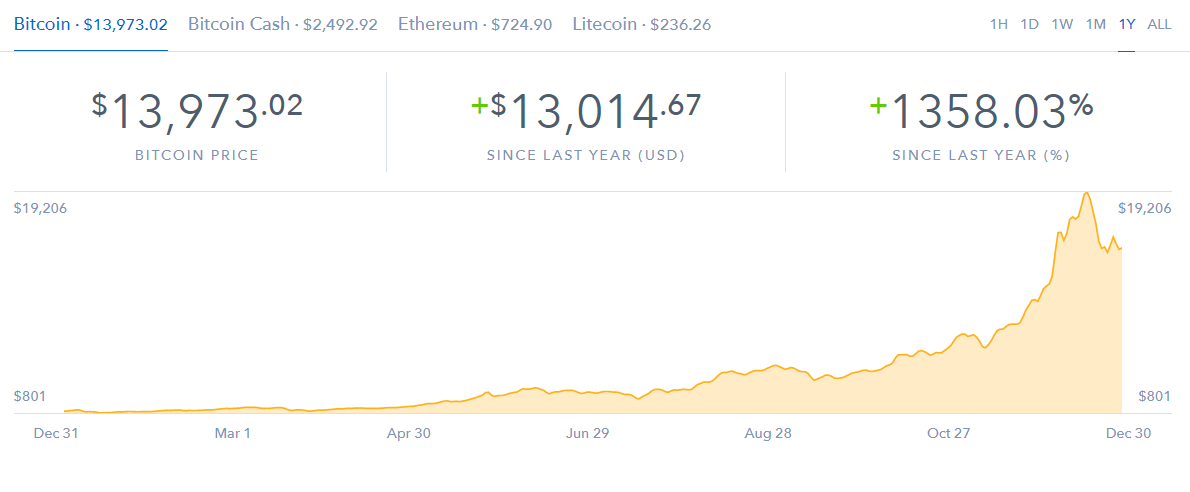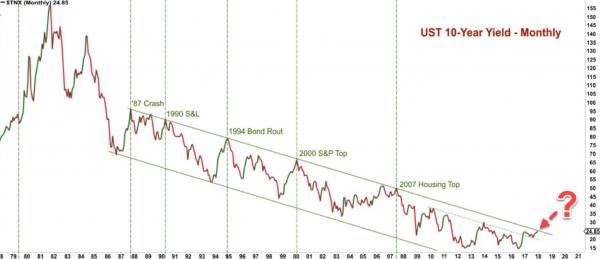The US dollar has recorded the largest annual decline in value since 2003 and is forecasted to end 2017 at a three-month low against other major currencies like the Chinese yuan and Japanese yen.
Separating money and state
Meanwhile, Bitcoin, the most valuable cryptocurrency in the market with a $227 bln market valuation, is en route to ending the year recording a 1,341 percent increase in value, as one of the most profitable cryptocurrency in the global market behind Ripple, Litecoin, Dash and Ethereum.

Several analysts such as Chris Gaffney, president of World Markets at EverBank, told Reuters that the value of US dollar would likely further decline throughout 2018, with no signs of short-term recovery.
“The dollar will face more headwinds in 2018. The Fed won’t be going at it alone in terms of taking off more gas from the stimulus pedal.”
Jens Nordvig, CEO of Exante Data, also told CNBC that while it would be normal for analysts to expect a recovery after such a large loss in value, this time, most analysts have a negative bias on the US dollar.
Nordvig said, emphasizing the rapid growth rate of the global economy and key players like China:
"We have a negative bias on the dollar, which is extraordinary considering that interest rates are going to rise at a very good clip. It got too strong before January, and the other factor is that global growth is very strong.”
Long-time Bitcoin investors and cryptocurrency researchers believe that the rise of cryptocurrencies as a new emerging asset class is playing a small role in the decline of fiat currencies across the globe, by separating money and state.
For many decades, governments have had absolute control over the global monetary system, especially of the fiat currency system with which they can easily manipulate the supply of circulating money.
In November, ShapeShift CEO Erik Voorhees noted that Bitcoin is continuing to grow in terms of market valuation, user base and user activity because as a decentralized currency and store of value, it is providing an alternative financial network to the fiat currency system. Voorhees said:
“Why does Bitcoin keep growing? Because it's time to separate money and state.”
In response to a criticism of the abovementioned statement, Voorhees added that although short-term price bubbles in the Bitcoin and cryptocurrency markets are fueled by greed, long-term price growth demonstrates the demand for non-state finance. He explained:
“The short-term price bubbles are full-on speculation, agreed. But the long-term increase in value and price is due to the fundamental utility of non-state finance.”
Most important chart
Earlier this month, Zerohedge released a chart entitled “The Most Important Chart in the World,” which demonstrated the decline in the value of the US Treasury since 1987. While Bitcoin has recorded consistent gains throughout its eight-year history with the exception of 2014, since more than 30 years ago, the US Treasury has been on a decline.

Consequently, analysts have started to evaluate the long-term bubbles in the traditional finance industry, and whether emerging assets like Bitcoin should be described as bubbles or traditional assets that have been on a decline for many decades should be considered as long-lasting bubbles.
